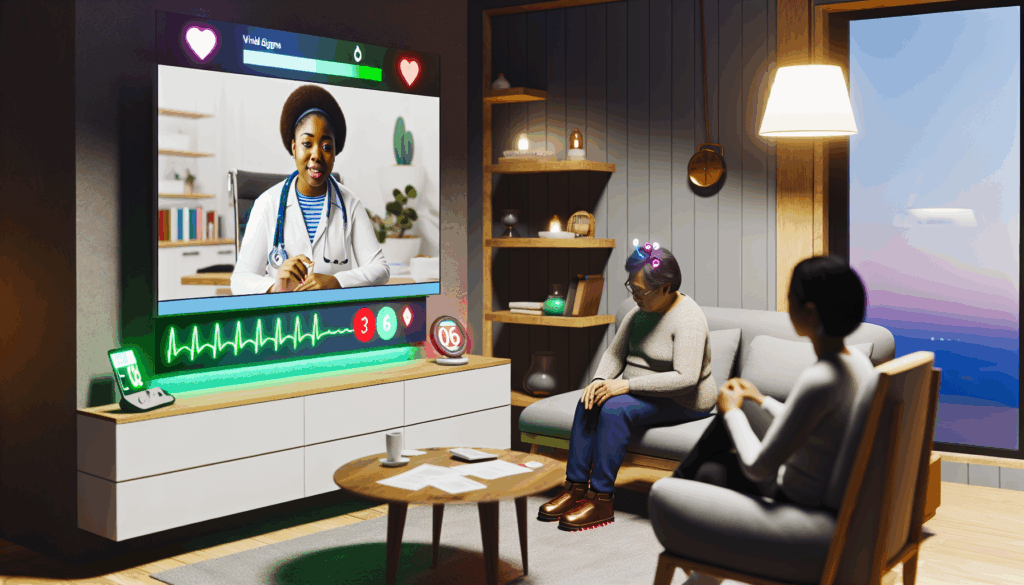The Role of Telehealth in Home Healthcare: Ensuring Better Care for Patients
With advancements in technology, traditional healthcare practices are rapidly evolving. Telehealth, a significant product of this digital revolution, is proving to be a game-changer in the field of home healthcare. This practice uses digital information and communication technologies to manage health and well-being, particularly for individuals who find it challenging to leave their homes due to medical concerns.
Understanding Telehealth
Telehealth incorporates a variety of healthcare services ranging from online doctor consultations to educational health resources. It allows medical professionals to evaluate, diagnose, and treat patients in remote locations using telecommunications technology, ensuring that care is never far away. Furthermore, thanks to this digital approach, healthcare access is no longer limited by geographical restraints, opening up opportunities for better home healthcare.
Benefits of Telehealth
- Increased accessibility: Telehealth allows patients to access healthcare services from the comfort of their homes, especially beneficial for the elderly, chronically ill, and those living in remote areas.
- Improved quality of care: Telehealth makes it possible for healthcare professionals to monitor patients continuously. This, in turn, helps prevent complications and improves the management of chronic diseases.
- Cost-effective: By reducing the need for in-person visits, telehealth can help save on transportation costs and other associated expenses of traditional healthcare.
Telehealth and Home Healthcare: A Promising Partnership
Telehealth is particularly beneficial for home health patients, providing an effective way to consult healthcare professionals without leaving their homes. Regular video consultations, remote patient monitoring, and access to an array of health resources are transforming the patient care paradigm.
For example, a patient suffering from COPD (Chronic obstructive pulmonary disease) can use a digital health tool to measure oxygen levels, heart rate, and respiratory rate – all from the safety and comfort of their home. This data can be shared with the healthcare provider in real-time, helping them address any issues or modify treatment plans promptly.
Final Thoughts
The integration of telehealth into home healthcare signifies an innovative way forward in tackling the growing challenge of providing quality health services. It is empowering patients, caregivers, and health enthusiasts alike, making healthcare more interactive, effective, and accessible.
Indeed, the home healthcare landscape is transforming, and telehealth is a significant part of this transformation, holding promise for an efficient, patient-centered, and cost-effective healthcare system. As technology continues to improve, we can expect to see more exciting developments in this area in the future.



